Journal list menu
Carbon Energy Special Issues
Call for papers! Our current Special Issues: click on each title to read more
| Special Issue | Submission Deadline |
|
April 15th, 2025 |
|
| Recruitment | Submission Deadline |
|
September 30th, 2024 |
|
|
N/A |

Guest Editors
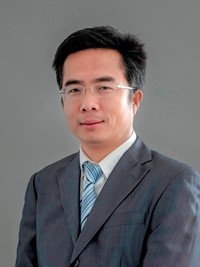
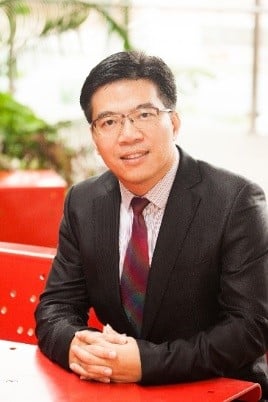

Guanglei Cui
Qingdao Institute of Energy,
Chinese Academy of Sciences, ChinaShanqing Zhang
Griffith University, AustraliaZhiqiang Niu
Nankai University, China
“Flexible batteries”, special issue organized by Carbon Energy, aims at giving an exhaustive overview of state-of-the-art flexible batteries and bringing novel ideas and concepts that would make the field progressing and spur the development of intelligent technologies. Nowadays, electronic devices that can be flexible, bendable, foldable and stretchable, such as wearable electronics, electronic papers, smart clothes, electronic skins, displays, bendable smart phones and implantable medical devices, have been required urgently. As a result, to power these devices, there is a persistent need for developing equally flexible and stretchable energy-storage systems that can be conformal with deformation while retaining their electrochemical functions. However, for the majority of current conductors, the compatibility between conductive domains and neighboring elastic networks remains a problem that is usually overlooked, challenging to address, and always leads to poor electro-mechanical performance. Therefore, the present special issues aim at reporting a collection of articles focused on the different facets of progressing in flexible batteries field. The field of flexible and stretchable energy-storage devices is absolutely exciting and fairly openended, providing researchers from various backgrounds to explore novel and interesting concepts and designs.
Guest Editors
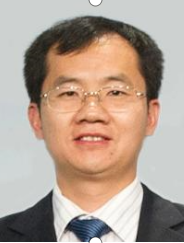
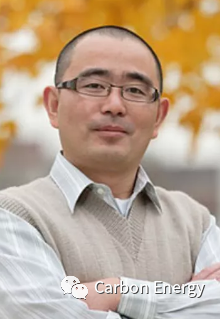

Yongsheng Hu
Institute of Physics, Chinese Academy of Sciences, ChinaJun Lu
Argonne Laboratory, USAMagda Titirici
Imperial College London, United Kingdom
In order to satisfy the growing demand about the market of grid storage systems, Na-ion batteries with properties of low-cost, long-life and high safety are being accelerated for development due to that sodium as the earth-abundant element can be used for charge transfer in Na-ion batteries. Carbon materials are important components in Na-ion batteries which can be used as active electrode, conductive additive, current collector, etc. This special issue will focus on the state-of-the-art progress about the application of carbon based materials for Na-ion batteries. In particular, the hot topics include, but is not limited to, disordered carbon, organic electrodes, etc. The new fundamental understanding and proposed application value in this collection of articles around the use of carbon based materials are believed to promote the development of Na-ion batteries.
Guest Editors


Xin Wang
Nanyang Technological University, SingaporeNicola Pinna
Humboldt University of Berlin, Germany“Electrocatalysis” aims at giving an exhaustive overview of state-of-the-art electrocatalysis and bringing novel ideas and concepts that would make the field progressing and hydrogen-based energy solutions become a reality. To arrive to sustainable hydrogen-based energy solutions, the development of durable and low overpotential, and the understanding of water-splitting catalysts play the most crucial role. In particular, the anodic reaction, that is the oxygen evolution reaction (OER) was identified as the limiting factor hindering the efficiency and the durability of electrolysers. The present special issues aim at reporting a collection of articles focused on the different facets of OER catalysis. On the one hand, the search for high performance and durable catalysts based on earth abundant elements is still of high actuality. On the other hand, fundamental understanding of the mechanisms, chemical/structural transformations and active sites of OER catalysts, often based on operando or in situ techniques, are needed for the development of the ideal catalyst.

Guest Editors



Xiulei Ji
Oregon State University, USAYanguang Li
Soochow University, ChinaIsmael A Rodriguez Perez
Pacific Northwest National Laboratory, USA
Novel aqueous batteries are under intense scrutiny so that the rapidly growing demand of energy storage can be met with scalable solutions. These batteries will benefit from their inherently excellent safety characteristics, albeit containing less energy than the state-of-the-art Li-ion batteries. Yet, there already exist a good number of aqueous batteries that have been commercialized, secondary and primary. However, despite the dire need to take care of intermittent solar and wind energies, these batteries, e.g., Lead-Acid and Ni-MH, do not seem to have the potential to address the market. They fail to exhibit competitive levelized energy cost. New basic understanding and tailor-designed materials will move forward alternative aqueous batteries, where they will be tested and measured in their impacts. This special issue will present the breakthroughs and progress made for aqueous batteries from some of the best experts in the field. These new results will contribute to this increasingly important research area of energy.

Guest Editors
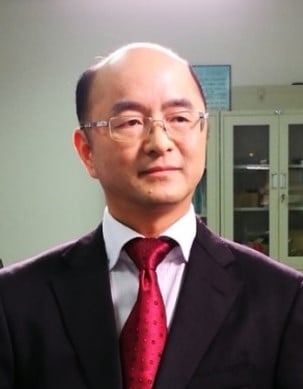

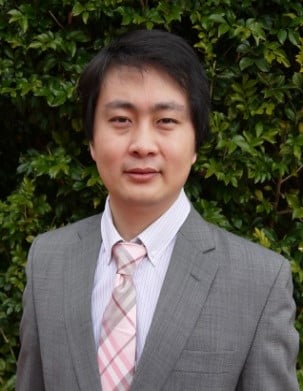
Yunhui Huang
Huazhong University of Science & Technology, ChinaQuanhong Yang
Tianjin University, ChinaShulei Chou
University of Wollongong, Australia
Solid state batteries (SSBs) have a great potential for application in electronic devices, electric vehicles and large energy storage due to their high safety, large energy density and long service life. However, the application prospect of SSBs has been restricted by some critical problems, such as solid state electrolytes, large interface resistance, alkali metal dendrite growth and cell fabrication technology. Carbon materials play important roles in SSBs by improving the interfacial property, increasing the conductivity of electrodes, restraining the dendrite growth and hence addressing the safety issue, etc. This special issue will focus on the application of carbon materials in SSBs, and present the recent breakthrough and progress contributed from the outstanding scientists in the fields of rechargeable batteries as well as carbon materials. We believe that the new contributed results will provide applicable strategies for development of SSBs with large energy density and high safety.
Guest Editors
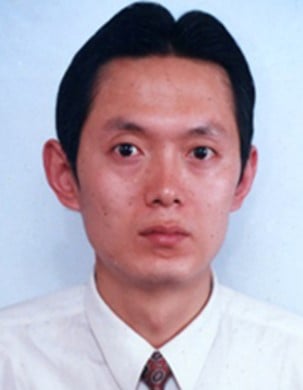

Yong Lei
Ilmenau University of Technology, GermanyGerhard Wilde
University of Münster, Germany
(1) Functional nanomaterials;(2) Well-defined nanostructures;(3) Energy harvesting including (such as photovoltaics, thermoelectric effect, water splitting, optical retenna, piezoelectric conversion, tribo-electricity);(4) Energy storage including supercapacitors, beyond Li-ion batteries.



